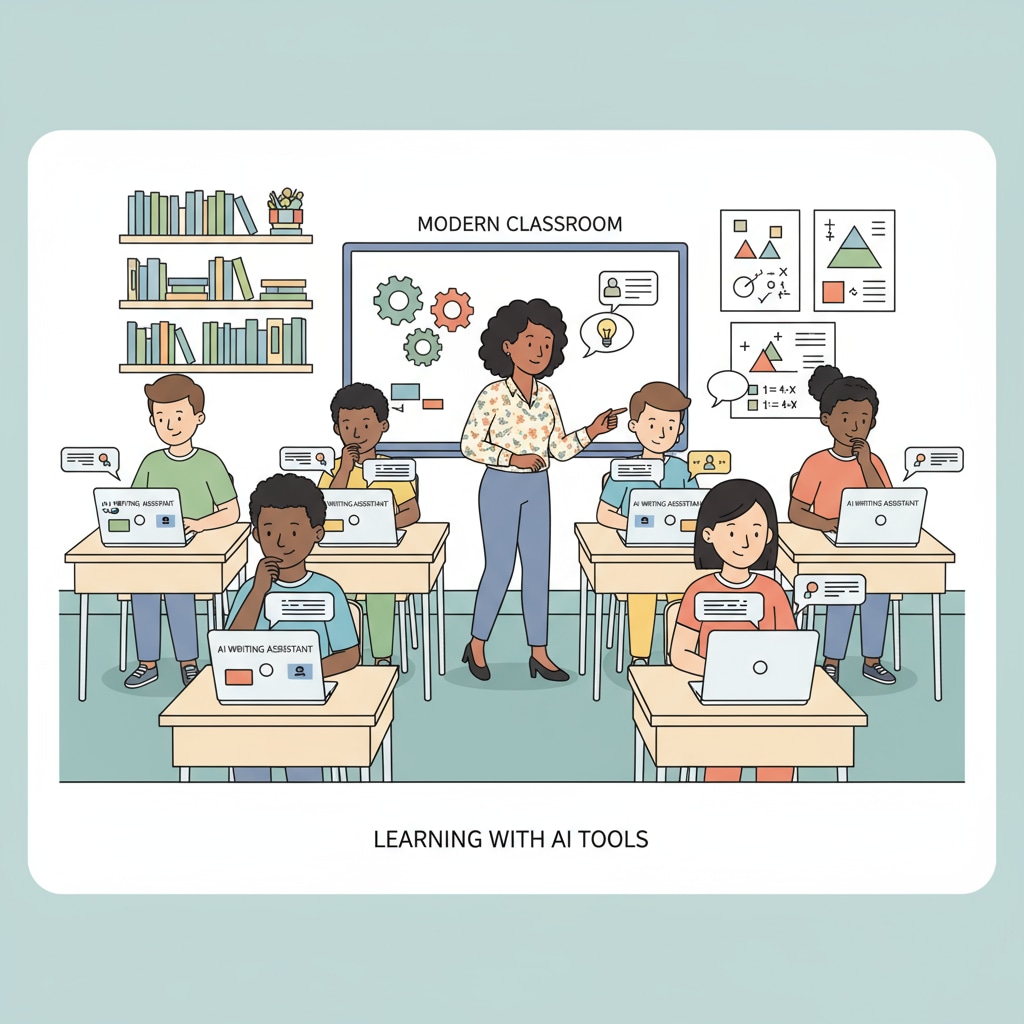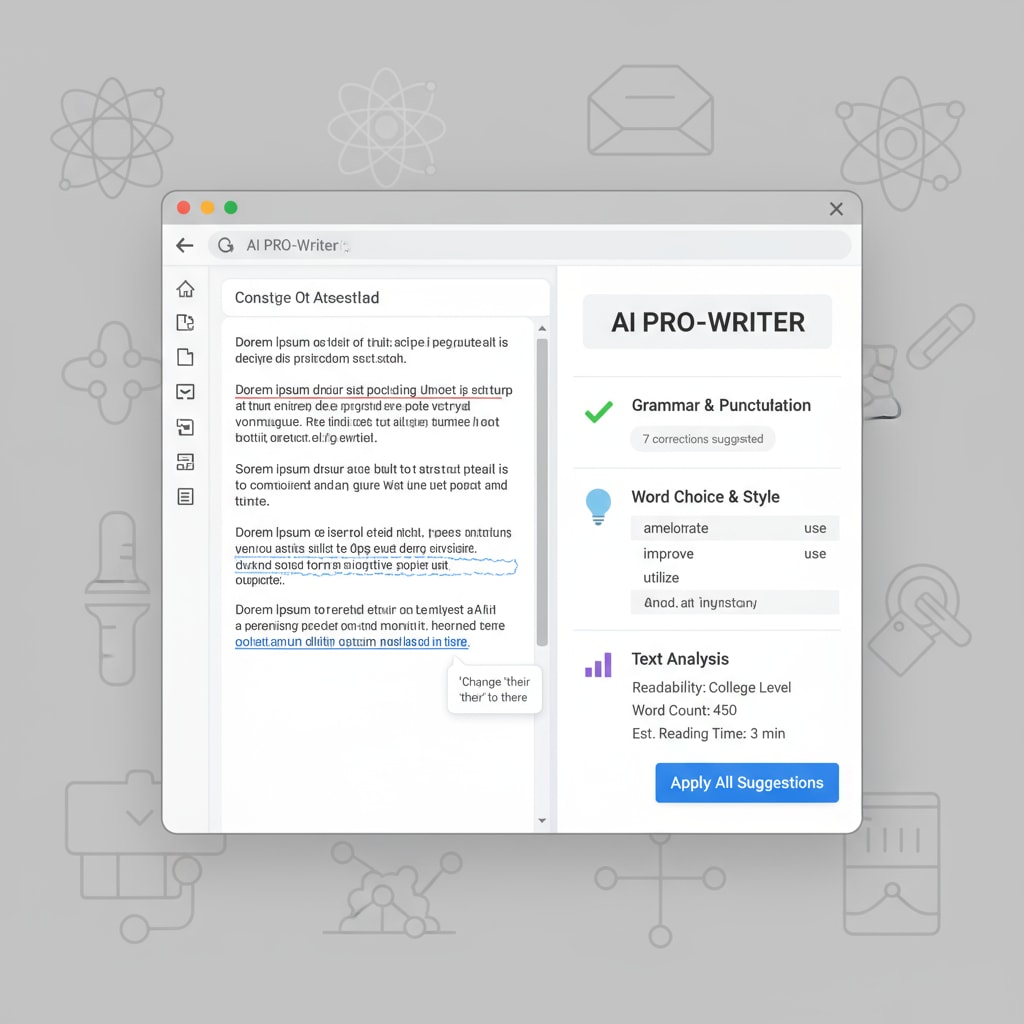The rapid advancement of artificial intelligence has brought about a significant transformation in various aspects of our lives, and K12 education is no exception. AI writing tools are revolutionizing the way writing is taught, presenting both new opportunities and challenges in terms of teaching transformation and the development of students’ writing skills.

As these tools become more integrated into the educational landscape, it is crucial to understand their implications and how to harness them effectively.
The Rise of AI Writing Tools in K12 Education
AI writing tools have emerged as powerful resources in K12 classrooms. These tools can perform a variety of functions, such as grammar and spelling checks, providing writing suggestions, and even generating text based on given prompts. For example, tools like Grammarly and Google Docs’ built-in writing assistance features have become popular among students and teachers alike. According to this EdSurge article, the use of AI writing tools in schools is on the rise, as they offer instant feedback and can enhance the writing process.

Transforming Teaching Approaches
One of the most significant impacts of AI writing tools is the transformation of teaching approaches. Teachers can now use these tools to provide more personalized feedback to students. Instead of spending hours grading papers for grammar and spelling errors, they can rely on AI to flag these issues, allowing them to focus on more in-depth aspects of writing, such as content development and critical thinking. In addition, AI writing tools can be used to differentiate instruction. For students who struggle with writing, the tools can offer additional support and scaffolding, while for advanced students, they can provide more challenging prompts and suggestions for improvement. As a result, teachers can better meet the diverse needs of their students.
Readability guidance: The use of AI writing tools in K12 education is a game-changer. By providing instant feedback and personalized support, these tools are enabling teachers to transform their teaching approaches and better serve their students. However, it is important to also consider the potential drawbacks and how to ensure that students develop the essential writing skills that AI cannot replace.
Fostering Deep Writing Skills
While AI writing tools are valuable aids, it is essential to recognize that they cannot replace the development of deep writing skills. Skills such as creativity, critical thinking, and the ability to convey unique perspectives are still crucial for students. Teachers need to design activities that encourage students to think independently and express themselves authentically. For instance, incorporating writing projects that require research, analysis, and synthesis of information can help students develop these skills. According to this ASCD article, educators should use AI as a tool to enhance the writing process rather than relying on it to do the thinking for students.
In conclusion, AI writing tools are indeed revolutionizing K12 writing instruction, bringing about significant teaching transformation. However, it is important to find a balance between leveraging these tools and fostering the development of students’ writing skills. By using AI as a supplement rather than a replacement, educators can ensure that students not only improve their writing proficiency but also develop the critical thinking and creativity needed to succeed in the digital age.


